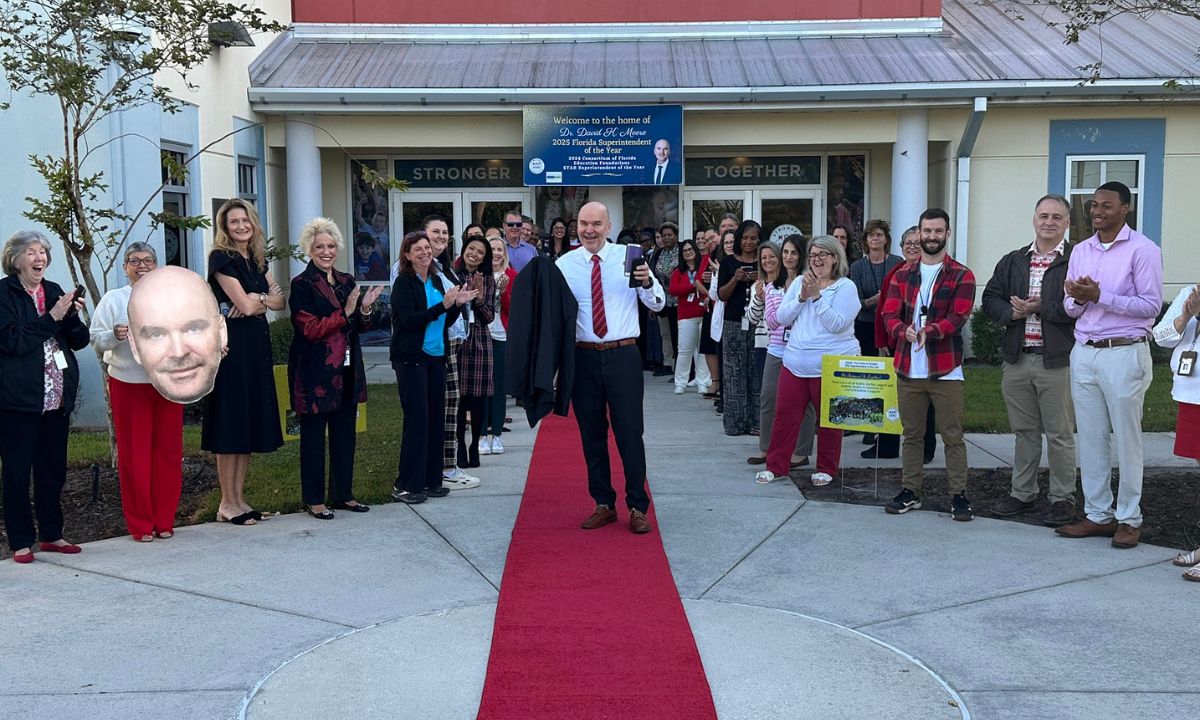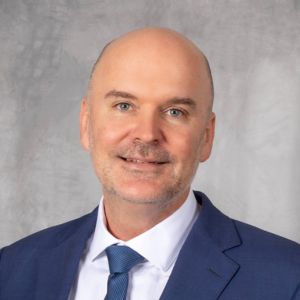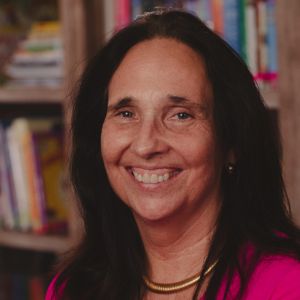A Public-Private Partnership That’s Cracking the Code on Literacy
Moore and Hammond: A nonprofit is working with a Florida school district to help students recover academically and accelerate achievement

Get stories like this delivered straight to your inbox. Sign up for The 74 Newsletter
The narrative about pandemic learning loss has become so pervasive that it’s almost accepted as inevitable. But what if we told you it doesn’t have to be this way? In Indian River County, Florida, we’re proving that the right partnership between schools and community organizations can not only help students recover from learning losses, but also actually accelerate achievement.
Through a unique collaboration between the School District of Indian River County and The Learning Alliance, the community now ranks 12th in state literacy, up from 31st just four years ago. This dramatic improvement wasn’t magic — it was the result of a systematic, community-wide approach to literacy that could serve as a model for districts nationwide.
The key to our success? A comprehensive public-private partnership that treats literacy as a community mission rather than just a school district initiative. The Learning Alliance, a nonprofit based in Vero Beach, has created an integrated support system that extends from birth through elementary school and beyond.
Its partnership with the school district works because it addresses literacy from multiple angles all in service of one goal — 90% of students reading on grade level by the end of third grade.
To achieve this goal, the alliance funds 25 literacy coaches and reading interventionist positions within the district, ensuring that every school has dedicated expertise to implement the science of reading in grades K through 3. The district provides similar support in older grades.
But that’s not all. The nonprofit engages families with children from birth to age 5, providing more than 5,500 age-appropriate books and 1,700 learning kits annually to under-resourced families. It also supports robust after-school and summer tutoring programs through the Moonshot Academy, where students show 50% more growth in reading compared to their peers not in the program. The afterschool program runs in the district schools, largely with district teachers compensated for their extra work by the Alliance.
The results speak for themselves. Indian River has doubled the percentage of A- and B-rated schools from 47% to 95%, and our third-grade reading scores now outperform the state average by nine percentage points (64% versus 55%). These aren’t just statistics — they represent thousands of children who now have the foundational skills they need to succeed in school and life.
Critical to this success has been the Moonshot Community Action Network, a coalition of over 150 local leaders who ensure that early literacy remains a community priority. This network includes business leaders, healthcare providers, faith-based organizations, and community advocates who understand that literacy is fundamental to our community’s future prosperity.
For superintendents and district leaders reading this, we offer several practical recommendations:
- First, look beyond traditional funding models. While public education funding is essential, strategic partnerships with community organizations can provide both financial resources and expertise that complement district capabilities.
- Second, invest in literacy coaches and reading interventionists. Having dedicated literacy experts in every school creates a support system for teachers and ensures consistent implementation of evidence-based reading instruction.
- Third, extend your teaching time. Our Moonshot Academy afterschool program creates opportunities for students to make more progress in less time. It pairs intensive tutoring with enrichment activities to boost engagement, and it works: students in the afterschool program average at least 50% more growth in reading than peers who do not participate.
- Fourth, expand your reach beyond school walls. The family partnerships program demonstrates that literacy support must begin before kindergarten and continue outside school hours to be truly effective.
- Fifth, build community coalitions. The broader community’s investment in literacy creates a sustainable ecosystem of support that survives changes in school leadership or funding fluctuations.
For philanthropists and community organizations, think beyond traditional grant-making. The most effective partnerships involve deep collaboration with schools, shared accountability for outcomes, and a long-term commitment to the community.
Our journey hasn’t been without challenges, but it’s proven that significant improvements in literacy are possible with the right partnership model. The students’ success isn’t just about test scores – it’s about creating a foundation for lifelong learning and opportunity.
The pandemic may have created unprecedented challenges for education, but it has also shown us the power of community collaboration. In Indian River County, we’ve demonstrated that when schools and community organizations work together with shared purpose and accountability, we can achieve remarkable results.
The question isn’t whether this model can work. The question is: Who will be next to replicate it?
Get stories like these delivered straight to your inbox. Sign up for The 74 Newsletter

;)

